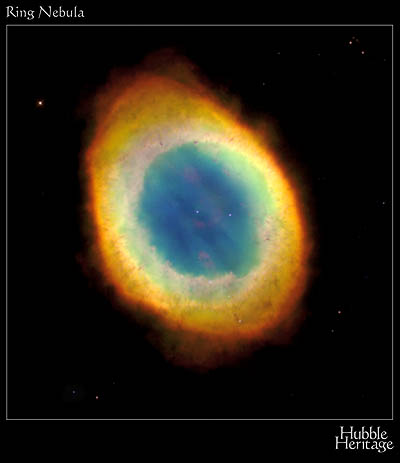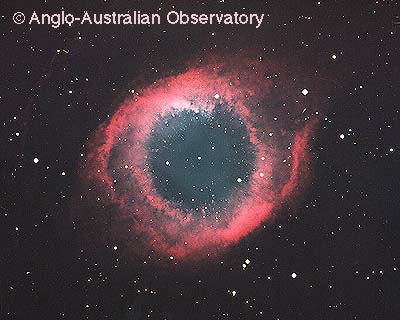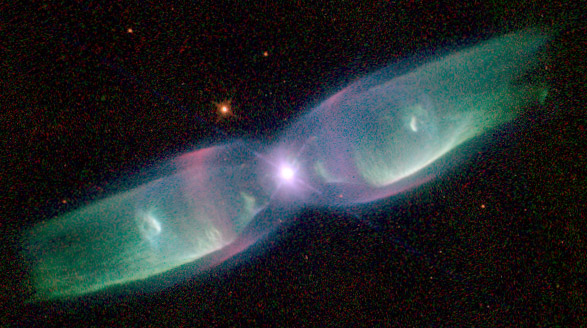

Note: Planetary nebulae have nothing to do with planets!
The C/O core is initially hot (100,000 K) and luminous.
It will gradually cool over time (no nuclear reactions!)
and become a white dwarf like Sirius B. More on white dwarfs later...
Meanwhile, the ejected outer layers flouresce
(shine) and become visible as the planetary nebula itself

Typical properties of planetaries:
Why do planetaries look like
rings?
Not all planetaries look like rings:
